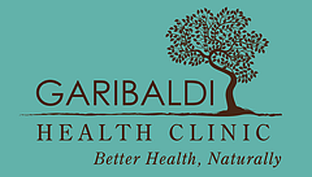Nerve Regeneration
With snow at record depths on the hills, the skiers and boarders are back, and so, alas, are the walking wounded, stumping along our streets on crutches, their fractured ankles and blown-out knees encased in plaster.
Accidents will happen, and traveling at 40 or 50 miles per hour, they are often serious. But just as serious and likely to be far more long-lasting are the injuries that people do to themselves once they get on crutches.
Even when properly adjusted so that the top of the crutch is at least two inches below the armpit, crutches can put enormous pressure on the side of the torso and the inside of the arm.
Among the most vulnerable nerves is the radial motor nerve on the inside of the upper arm that carries signals from the brain to muscles all down the back of the arm. Too much pressure and the nerve will suffer what’s called a stress lesion, a break that shuts down muscles from the shoulder to the fingers.
Clinicians prefer to describe these muscles as dormant, rather than dead, because the peripheral nervous system does have the capacity to regenerate broken nerves, unlike those in the central nervous system (spine and brain stem), which cannot be induced to regrow.
Nerve regeneration, however, is a long, uncertain and often painful process. Within hours of a break, the downstream or “distal” side of the nerve dies. The upstream or “proximal” side that leads to the brain remains alive, and after a few days will send out shoots of new growth, much like the roots of a plant.
If one of these shoots makes contact with the core or “endoneurial channel” of the dead nerve, it will begin to regrow, albeit at a glacial pace, averaging about one centimeter a week. At this rate, a nerve broken in the upper arm could take a year or more to regenerate. Meantime, the dormant muscles will likely have atrophied and even if they can be revived with exercise, they will have to relearn all the functions they once knew.
In a certain percentage of cases (statistics are not available), the nerve does not regenerate spontaneously, and surgical intervention becomes the only option. There are several techniques for rejoining nerves in current use, all less than satisfactory, either because of difficulty getting the nerve to regrow, or because the restored nerve provides only a fraction of the original function.
Children and adolescents are the best candidates for nerve repair, with a success rate of about 75% for surgeries. But after age 20 or thereabouts, good outcomes gradually fall to about 50% in adults, and much lower over age 60. The length of the distal side is also a significant factor; the shorter the section of dead nerve, the better the chances of recovery.
Nerve regeneration can be aided by folic, retinoic and alpha acids, vitamin B12, acetyl L-carnitine, hypericum tincture, homeopathy, hydrotherapy and possibly acupuncture.
So remember, if you find yourself on crutches this winter, go slowly and make sure the top is well padded.
©Dr. Ashely Gordon, 2009.

